Common Bonnet / All Year Round / Edible
Enter the enchanting world of the Common Bonnet, scientifically known as Mycena galericulata, as we unravel the subtle beauty and intriguing qualities of this delicate mushroom.
In this blog post, we embark on a journey to explore the understated elegance and ecological significance of the Common Bonnet. With its slender stems and petite caps, these mushrooms exude a quiet charm that captures the hearts of nature enthusiasts and mushroom aficionados. Join us as we delve into the habitat, identification, and fascinating life cycle of the Common Bonnet, appreciating its ecological role in decomposing organic matter and contributing to forest ecosystems.
Scientific Name
Mycena galericulata
Common Names
Common Bonnet, Toque mycena, the Rosy-gill fairy helmet.
Family
Mycenaceae
Habitat
They are saprotrophic, living off dead matter, they can be found on well decayed logs and stumps. They are most common on beech and oaks and only occasionally found on conifers. Typically they appear in small clusters or individually.
Description
A fairly common mushroom, as the name suggests. They are edible and one of the larger bonnet shaped mushrooms that you find on logs but they are quite small and insubstantial.
Identifying Features:
Cap:
Bell-shaped and then flattening out with a central raised umbo.
They can be quite changeable.
They are typically grey to brown, getting lighter in colour towards the edges. Up to 6cm across.
They quite often split at their edges as they grow and have striations that mirror the gills underneath.
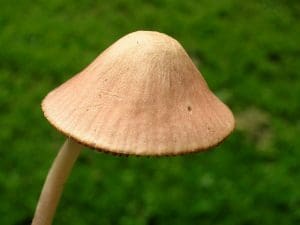
Stem:
Thin, fibrous and quite often twisted. They are almost white at the tops and darken towards the base. Up to 10 cm long.
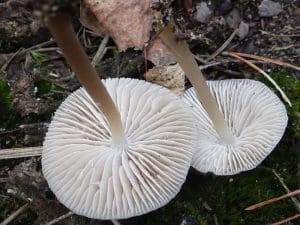
Gills:
The gills are white to grey, with a slight pink tinge. They are adnexed or sinuate and quite widely spaced. When the mushroom is mature small veins appear connecting the gills and look a bit like the rungs on a ladder. Not all of the gills run the whole length from edge to stem.
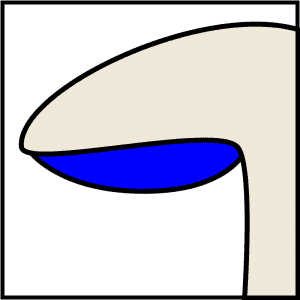
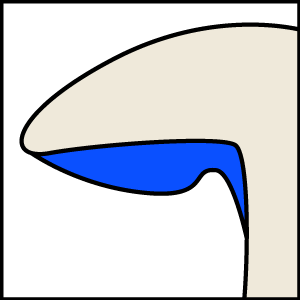
Smell:
Like raw flour or damp flour.
Spores:
White.
Uses
In food
They are classed as edible but are pretty insubstantial and they don’t have a great texture or flavour, probably best avoided.
Known hazards
None known.
Potential lookalikes
The distinctive gills of this mushroom when mature and its size are good ID features but it can be mistaken for other Bonnet species, for example, the Lilac Bonnet (Mycena pura) but these have lilac to purple caps and have much simpler gills.
Extra Notes
The name Mycena comes from the hats worn by the ancient Greek Mycenae people. Galericulata refers to the size of the caps galer means ‘with a small hat’ in Latin.



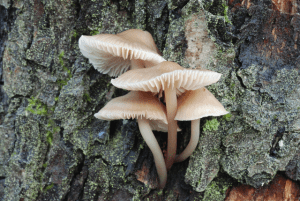
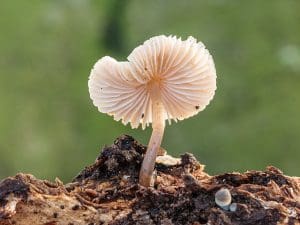



Leave a Reply
You must be logged in to post a comment.